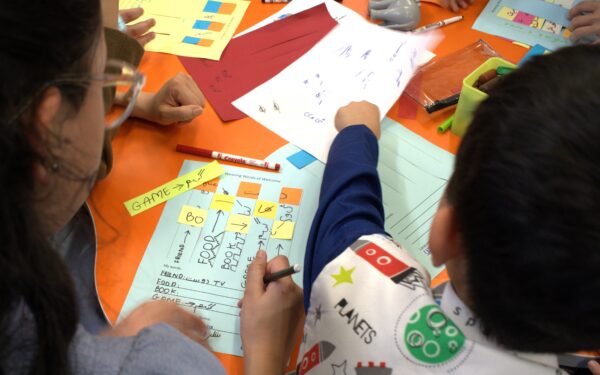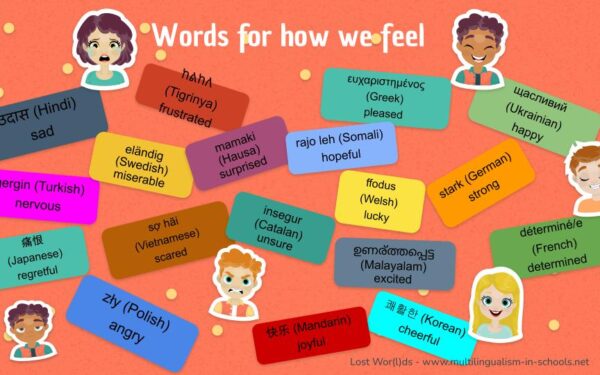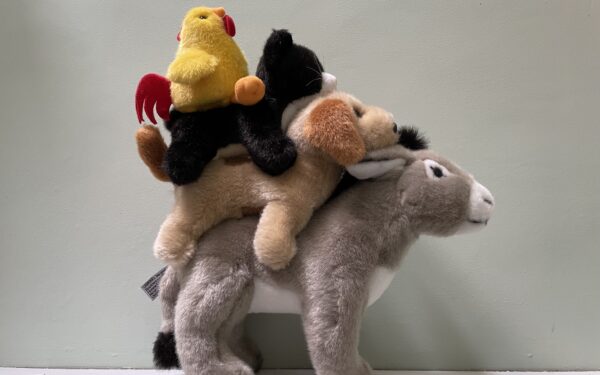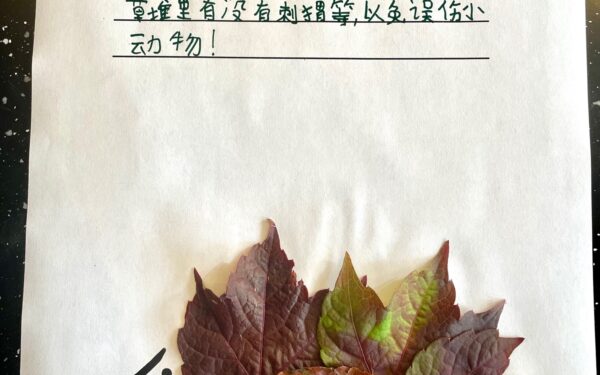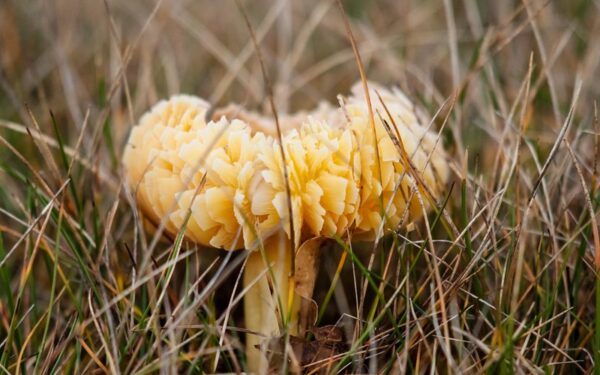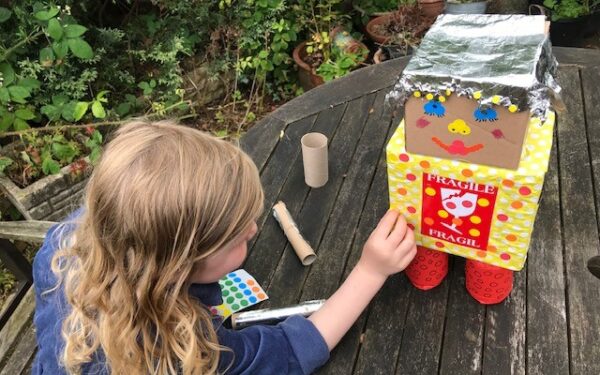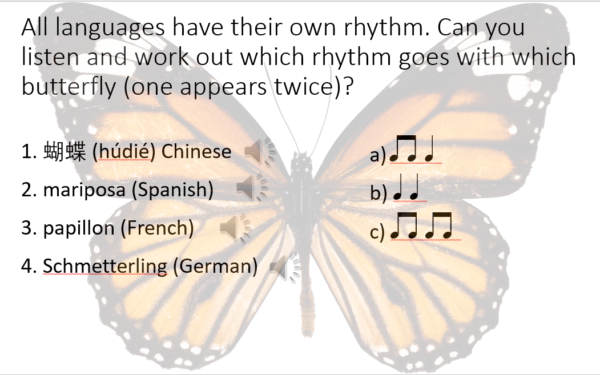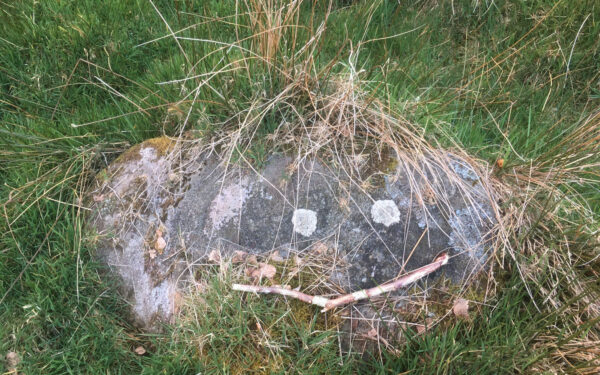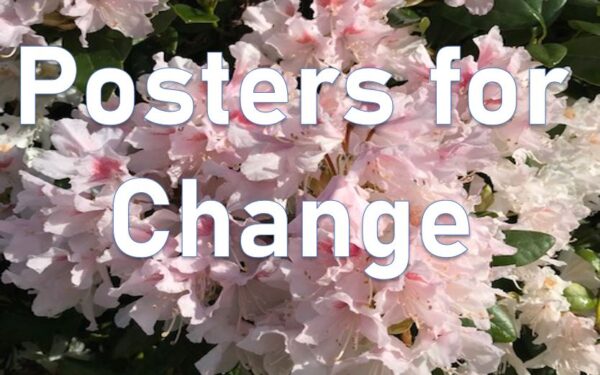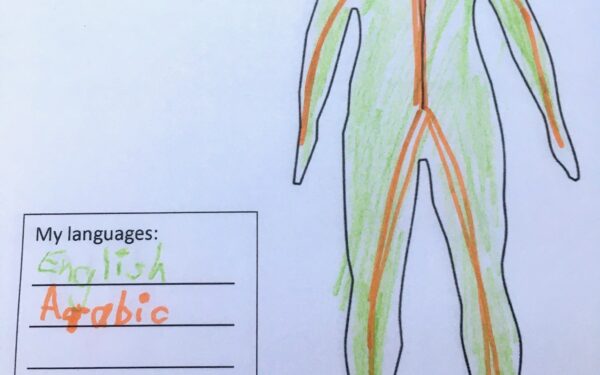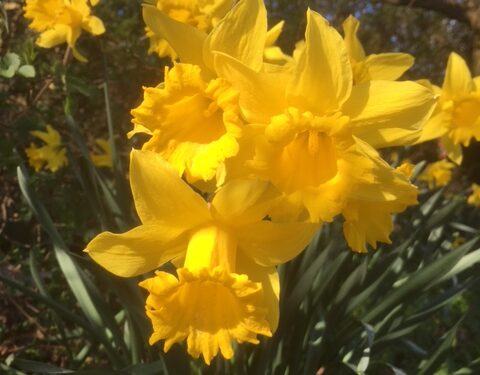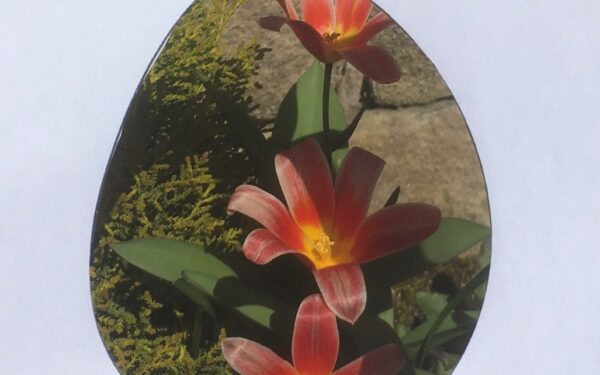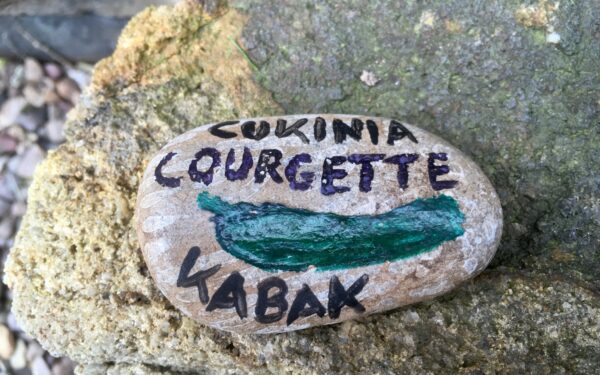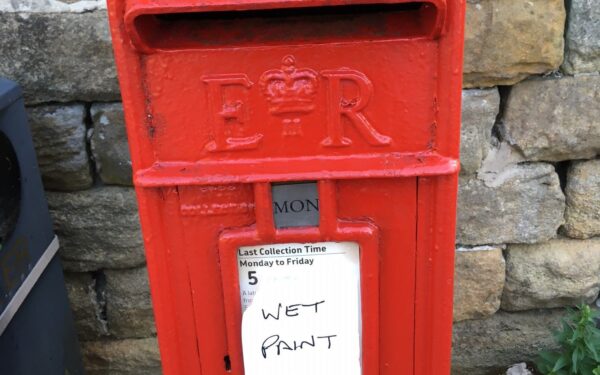This activity is tied to a simple story “hook”, encouraging children to show empathy and use their languages at the same time.
Read MoreEmpathy Day
It’s Empathy Day on 6th June – a great opportunity to use multilingualism in the classroom as a way to encourage interest in, and engagement with, each others’ languages. Here are four simple ideas.
Read MoreMultilingual storytelling or shared reading
Every time we share a story with children, we have a fantastic opportunity to enable children to build on their language awareness, learn from each other, and enhance their linguistic repertoire. Check out this activity to gain some confidence in enhancing children’s linguistic repertoire through storytelling.
Read MoreMultilingual Me
This activity is designed to celebrate a child’s achievements in language learning and allows pupils to explore different aspects of their language abilities. It is a way to record a pupil’s language competencies in speaking, writing and reading other languages as well as their aspirations for learning other languages. It would work well as part […]
Read MoreLeafy hedgehogs
For COP26, we put together a calendar of activity ideas, including the creation of leafy hedgehogs. Here, we offer for downloading a simple leafy hedgehog template with space for children to write the word ‘hedgehog’ in another language, and well as three different templates to encourage people to check their bonfires for hedgehogs, this helping and protecting our spiky friends. Each poster has space to include the message in a language other than English, and we would love to see your results!
Read MoreAutumn Scavenger Hunt
Our multilingual scavenger hunts have been one of the most favourite activities, and this autumn version completes the set. With lots of opportunities to explore the outdoors, this is the perfect activity to get children to use all their languages to explore nature around them.
Read MoreRubbish Robots
We have worked with the MakerFutures project to create an activity for children to design and build a robot from recycled materials. Children will identify a role and produce a profile for their robot, which explains how they help the environment, using different languages.
Read More(Minibeast) Speech Song
A perfect activity for music lessons, planning performances, showcasing multilingual talent. While the resources are based on minibeasts, once children have grasped the concept, any topic can be used. Children bring in their home languages to explore the rhythm of language – would you clap “grasshopper” different from “butterfly”? How do long and short syllables […]
Read More100 Feathers
The “100 Feathers” activity is designed to encourage children to think about people’s stories, by writing a story themselves. We are hoping to collect 100 stories from children, for the 100 feathers flying through the world. This activity is part of Refugee Week and the Migration Matters Festival.
Read More30 Days Wild – Multilingual
Every year in June, The Wildlife Trusts run the 30 Days Wild challenge – a challenge to do an activity linked to nature, every day, for the whole month. When we recently met up with our local Wildlife Trust (Sheffield and Rotherham Wildlife Trust), we suggested the idea of putting together a multilingual version of 30 Days Wild, suitable both for children growing up multilingual, and for those learning another language at school.
Read MoreTranslating and Creating Poetry
This activity gives pupils an opportunity to think about the act of translation, focusing on language as well as meaning. They are supported through translating a 1,300 year-old poem by Li Bai, a famous Chinese poet. The poem, “Quiet Night Thoughts”, uses a simile and simple language to explore the feeling of loneliness when being away from home.
Read MorePosters for Change
‘Posters for Change’ is an opportunity to try and make local change in your area a reality. Whilst you’re out and about exploring your school grounds, green spaces, local parks and even the streets in which you live, you might notice or learn about how aspects of your local environment could be improved. This activity […]
Read MoreLanguage Portraits
Essentially, a language portrait is a tried and tested way to encourage children to talk about their different languages, and how they form a part of their identity. The premise is simple – you choose one colour for each language you consider part of your identity, and colour in the outline of a person, in any way you want. Language Portraits are a great way to create a classroom display, and make multilingualism visible.
Read MoreRecycling
This activity is focused on promoting recycling in every classroom, across schools and extending these good habits into children’s homes. The emphasis is on understanding the different types of waste produced in the classroom, identifying them in different languages and how we should deal with them. The final stage in the activity is to create […]
Read MoreSpring Scavenger Hunt
Our Winter Scavenger Hunt has been our most downloaded activity so far, so we hope that our spring version will be equally useful. With lots of opportunities to identify plants and birds, this is the perfect activity to get children outdoors, and use all their languages to explore nature around them.
Read MoreNature Egg / Star Hunt
Teach children to enjoy nature without disturbing it, while also enabling them to explore colours in nature and in their home languages. Although timed for Easter, we are sharing two sets of worksheets – one with eggs and one with stars, to ensure the activity is suitable all year round. Children cut out the shape and use the hole as a frame to go on a colour hunt in nature, with space to write colours in home languages, and, if they can, to name some of the items they find in nature.
Read MoreA multilingual school allotment/garden
The school garden is a prime space to make multilingualism visible, get children interested in nature, healthy eating, and conservation, and to bring creativity to the learning environment. The premise is simple – encourage children to help label the plants, drawing on their language skills. This activity is so straightforward that we have not included a lesson plan as such, but below are some ideas, suitable for different age ranges and materials, for creating suitable labels – please make your own judgment regarding suitability for the children in your care. We would love to see yours, to add them to the photo gallery below!
Read MoreLetters for Change
This activity seeks to develop children’s understanding of global environmental issues and their connection to language. Children can use heritage language/s (words and phrases or the whole text) to produce a piece of persuasive writing calling for change in respect to a global environmental challenge. The aim is to improve writing skills, extend language knowledge […]
Read MoreWho has seen the wind?
This activity uses Christina Rossetti’s poem to engage children in listening to, reading, thinking about, and writing poetry, drawing on their full linguistic repertoire. The activity is supported by a video (below), a worksheet, and a PowerPoint presentation.
Read MoreView from my window
The aim of this activity is to discover and report on views of nature and the surrounding environment from windows in different places, where different languages are spoken, around the world. ‘View from my window’ allows children to draw comparisons between a favourite or familiar view from a window, with one enjoyed by a friend […]
Read More